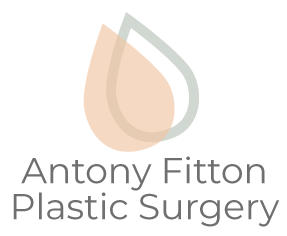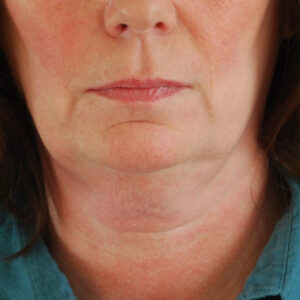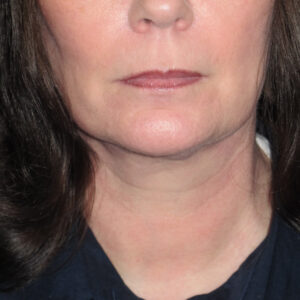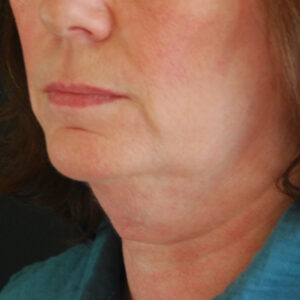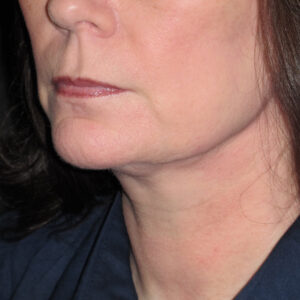email: [email protected]
call: 07494 250277
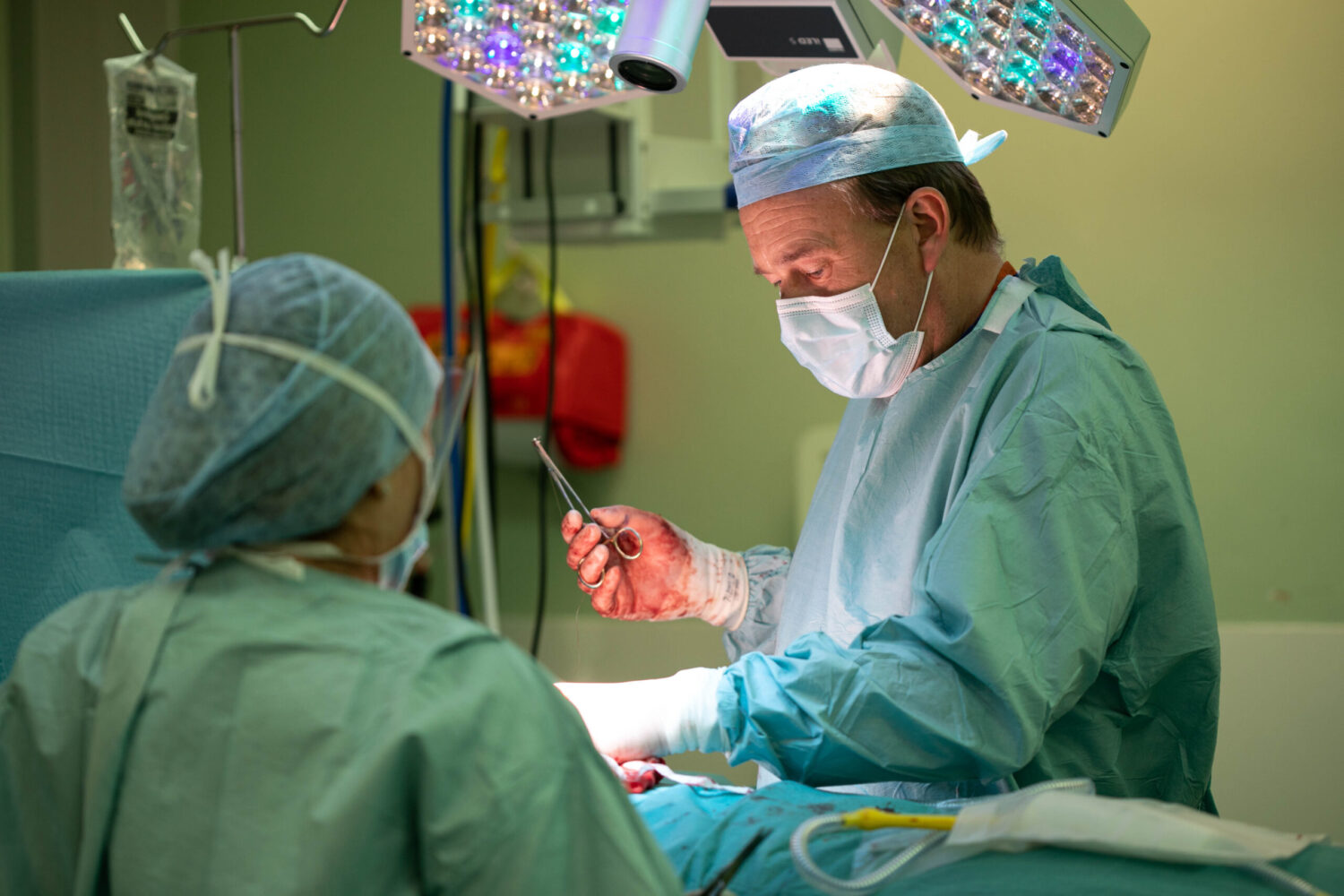
Facelift Surgery
Facelift surgery is an operation designed to rejuvenate the face and neck.
This will result in a tighter and smoother look and more youthful appearance. A facelift is an operation to tighten and lift any loose skin and soft tissues. Any surgery above the eyes is called a brow-lift. A facelift can be done alone, or in conjunction with other procedures such as eyelid surgery, or a nose job.
Would you like to rejuvenate your face?
With time and gravity, the skin of the face, the underlying fat pads and the suspensory ligaments loosen leading to the excess folds, troughs and bags commonly seen in the elderly.
Any patient with ageing facial features may be a candidate for facelift surgery. Best results are achieved in patients who have lost some weight, and still have retained facial bone stock. A facelift rejuvenates the lower half of the face and neck and jawline. To harmonise the facial features a Brow-lift and Blepharoplasty are commonly performed in the same surgery.
Certain medical conditions and medications can increase the risk of a facelift. Smoking and its chronic effects can be detrimental to wound healing and recovery. The benefits of surgery should be considered in light of the increased risks. Where the risks are considered to be too great you may be best advised to forego facial aesthetic surgery.
How is a facelift performed?
A facelift is performed under a general anaesthetic and takes up to four hours to perform.
Incisions are made from the sideburn skin, in front of the ear to curve below and behind the ear finishing in the hair bearing scalp skin. The skin, muscle and other layers of the face are delicately dissected and lifted to correct the sagging skin, muscles and fatty components of the lower face and neck.
Internal sutures are used to retain their new position. A small drain is used to drain small volumes of blood that may accumulate after surgery. Supporting bandages are applied. The incisions are closed with fine skin sutures.
In some patients liposuction and lipofilling procedures can also be of benefit in specific situations. A facelift helps to deal with deep wrinkles. Resurfacing techniques, by for example, Fraxel lasering is effective in treating finer wrinkles.

What to look for in your face
Ageing skin is marked by wrinkles and fine lines. Those of most concern to patients are:- Crow’s feet at the outer aspect of the eyes
- Frown lines between the eyes
- Nasolabial folds which run from the nose to the corner of the mouth
- Marionette lines
- Labio-mandibular folds and jowls
- Brow creases
The Solution
A facelift is an operation designed to rejuvenate the lower half of the face and neck. Any patient with ageing facial features may be a candidate for facelift surgery.Recovery after a facelift
After surgery we ask you to stay in hospital for two nights. Mr Fitton will visit you regularly. The bandage and drains are removed the next day.
Once discharged we ask that you rest at home, sleeping with two or three pillows and avoiding bending down or straining.
At your first follow-up (on day five) some of the sutures will be removed leaving the remaining sutures for the next visit a week later. At this stage expect to be swollen and bruised but you will feel comfortable enough to be with close friends and family.
Over the course of the next two to three weeks much of the selling will reduce and by the 6th week of surgery you should be able to return to strenuous exercise. By the third month you will start to appreciate the results of the surgery. Scars take upto 12 to 18 months to fade.
Risks/Implications of a facelift
Facelift surgery is a major undertaking resulting in permanent scar, temporary bruising and swelling. The operation also results in numbness of the skin of the cheek.
Over time the area of numbness decreases but expect a small patch of numbness/reduced sensation to remain.
Complications of a facelift includes bleeding, under / over correction, infection, asymmetry, adverse scarring, prolonged numbness, facial nerve damage, alopecia, haematoma.


